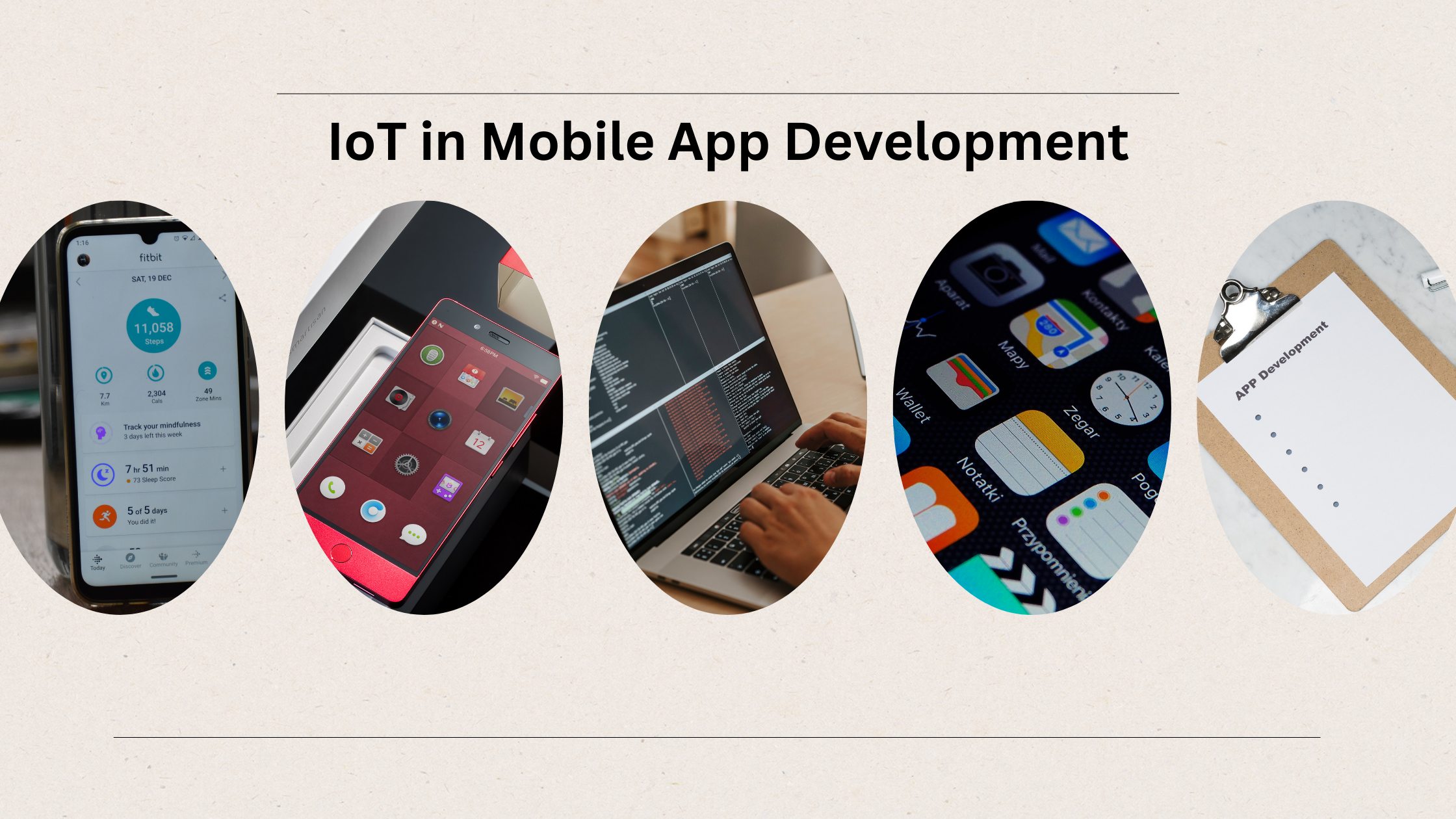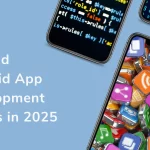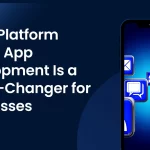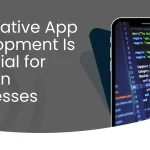How IoT is Changing Mobile App Development
In recent years, IoT in Mobile App Development has transformed industries by enhancing connectivity and automation. IoT connects smart devices, enabling seamless data exchange over the internet. As this technology grows, its impact on mobile apps is increasingly evident.
Mobile app development now goes beyond traditional functions, focusing on apps that interact with multiple smart devices. This blog explores how IoT is reshaping mobile app development, the challenges developers face, and future possibilities.
Understanding IoT and Mobile Apps
At its core, IoT in Mobile App Development is about connecting physical devices to the internet, allowing them to send and receive data. This connectivity transforms ordinary objects—like home appliances, vehicles, and wearable technology—into “smart” devices that can be monitored and controlled remotely. IoT devices typically consist of sensors, software, and other technologies that enable them to collect and share data.
The architecture of IoT systems generally includes three key components: devices (sensors and actuators), connectivity (internet protocols), and data processing (cloud computing and analytics). Together, these components create a robust ecosystem that allows for real-time communication and automation.
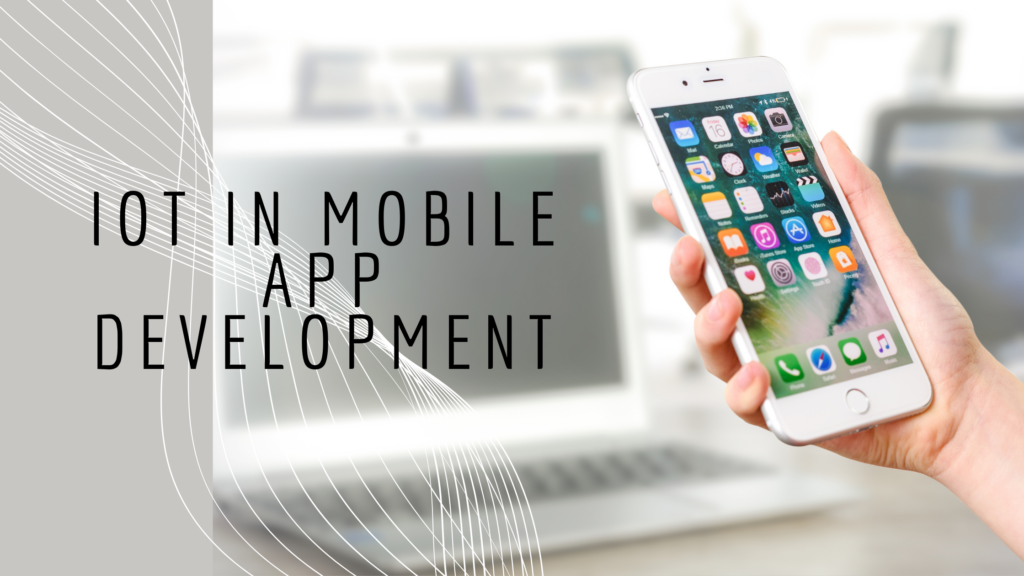
Key Ways IoT is Transforming Mobile App Development
Seamless Device Connectivity: How IoT Enables Smart Device Communication-
One of the most significant impacts of IoT in Mobile App Development is the ability to create applications that facilitate seamless communication between devices. With the proliferation of smart devices, users expect their apps to effortlessly connect and interact with a variety of products, from smart home devices to industrial machinery.
Real Time Data Collection and Processing: Enhancing Decision Making-
IoT devices generate vast amounts of data, and mobile apps are at the forefront of harnessing this information. Real-time data collection and processing enable users to make informed decisions quickly. For example, a mobile app connected to a fleet of delivery trucks can provide logistics managers with real-time data on vehicle locations, fuel consumption, and maintenance needs.
Increased Security Needs: Addressing IoT Security Challenges in Mobile Apps-
As IoT continues to expand, so do the security challenges associated with it. With more devices connected to the internet, the potential for data breaches and unauthorized access increases. Mobile app developers must prioritize security measures to protect sensitive information and ensure the integrity of IoT systems.
Challenges of IoT in Mobile App Development
Integrating IoT with mobile apps raises data privacy and security concerns, requiring strict protocols and compliance with GDPR and CCPA. Compatibility issues arise due to diverse IoT device standards, demanding flexible architectures and universal APIs. Handling real-time data is challenging, necessitating efficient processing like edge computing. Additionally, high development and maintenance costs make integration complex, but agile development and reusable components help streamline the process.
Future of IoT in Mobile App Development
The Rise of 5G and Its Impact on IoT Applications-
The rollout of 5G technology is poised to revolutionize the IoT landscape. With faster speeds, lower latency, and increased network capacity, 5G will enable a new generation of IoT applications that require real-time data processing and communication.
Mobile apps will leverage 5G to enhance user experiences, allowing for seamless interactions with connected devices. For example, smart cities can benefit from real-time traffic management applications that analyze data from connected vehicles and infrastructure, optimizing traffic flow and reducing congestion.
AI and IoT Integration for Smarter Mobile Apps-
The integration of artificial intelligence (AI) with IoT technology is another exciting frontier for mobile app development. AI can enhance the capabilities of IoT devices, enabling them to learn from user behavior and adapt their functions accordingly.
Mobile apps can harness AI algorithms to provide predictive analytics, automate processes, and personalize user experiences. For instance, a smart home app could utilize AI to learn a user’s daily routines and adjust settings for lighting, heating, and security accordingly. This level of intelligence will redefine how users interact with their devices, making applications more intuitive and responsive.
Conclusion
The Internet of Things is reshaping mobile app development, offering both opportunities and challenges. From enhanced connectivity and real-time data processing to security and compatibility, its impact is profound. The convergence of IoT with 5G and AI will unlock new possibilities, enabling developers to create smarter, user-centric applications. Staying informed and adaptable is key to leveraging IoT’s potential and driving innovation in the mobile app space.


